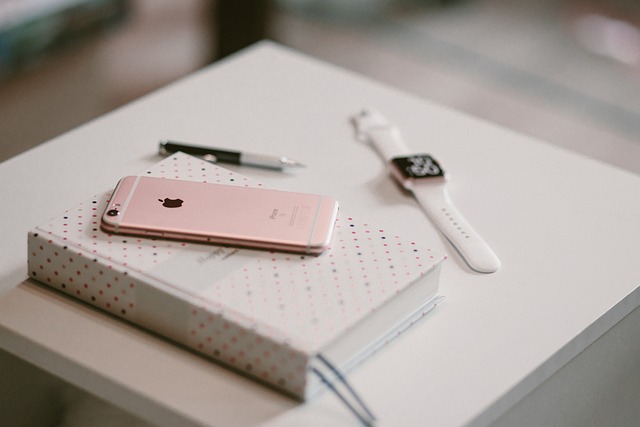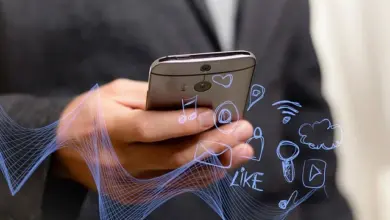
In today’s fast-paced world, the role of technology in our daily lives is undeniable. From smartphones and laptops to smartwatches and tablets, we rely heavily on portable devices to stay connected, productive, and entertained. However, one of the most common frustrations faced by users is the limited battery life of these devices. Whether you’re at work, traveling, or simply out for the day, running out of battery power can be a major inconvenience. This guide provides a comprehensive overview of how you can extend battery life across various devices by using smart strategies and making mindful adjustments to your usage habits.
1. Understanding How Batteries Work
Before diving into the specific tips, it’s essential to understand how modern batteries work. Most portable devices use Lithium-ion (Li-ion) batteries, which are favored for their high energy density and lightweight design. These batteries function by moving lithium ions between two electrodes — the anode and the cathode — through an electrolyte. Over time, the repetitive process of charging and discharging wears down the battery, leading to reduced capacity and efficiency.
Key Concepts:
- Charge Cycles: A charge cycle is the process of fully charging and then discharging a battery. Most Li-ion batteries have a lifespan of around 300-500 charge cycles before their capacity significantly decreases.
- Battery Health: Battery health refers to the overall condition of a battery and its ability to hold a charge. Over time, battery health deteriorates due to wear and tear from usage.
Understanding these concepts is crucial because battery life is influenced by both the number of charge cycles and the overall battery health. Thus, extending battery life is about reducing the strain on the battery and ensuring it operates efficiently over a long period.
2. Smart Charging Habits
One of the most effective ways to extend battery life is by adopting smart charging habits. Although most modern devices are designed to prevent overcharging, improper charging can still shorten battery life.
a. Avoid Extreme Charging Levels
It may seem counterintuitive, but keeping your battery either fully charged (100%) or fully discharged (0%) can degrade its health over time. To maximize the lifespan of your device’s battery:
- Keep it between 20-80%: Charging your device to 80% and discharging it to around 20% is optimal for prolonging battery life.
- Avoid draining your battery to 0%: Letting the battery drop to critically low levels too often can stress the battery and accelerate its deterioration.
b. Use Fast Charging Sparingly
Fast charging is a convenient feature, but it generates heat, which can negatively affect your battery’s longevity. When you’re not in a rush, use regular charging to keep heat levels down.
c. Unplug Devices When Fully Charged
While modern devices have built-in mechanisms to stop charging at 100%, it’s still a good habit to unplug your device once it’s fully charged. Leaving it plugged in for extended periods can generate unnecessary heat.
3. Minimizing Power-Consuming Activities
The way you use your device plays a significant role in its battery life. Many apps, settings, and functions consume more power than necessary. Adjusting these can help extend the time between charges.
a. Dim Your Screen Brightness
Your device’s display is one of the largest power consumers. Reducing screen brightness can significantly extend battery life. Many devices also have an Auto-Brightness setting, which adjusts screen brightness based on ambient light conditions. While convenient, turning this feature off and manually controlling brightness can be more effective in conserving power.
b. Enable Power-Saving Modes
Most devices come with a Battery Saver or Low Power Mode, which adjusts settings such as screen brightness, background app activity, and connectivity to save energy. Activating this mode during periods of low battery can greatly extend device usage time.
c. Turn Off Unnecessary Connectivity Features
Wireless technologies such as Wi-Fi, Bluetooth, GPS, and mobile data constantly drain your battery by searching for connections, even when not in use. Turning off these features when they aren’t needed can help conserve power. Additionally, enabling Airplane Mode when you don’t need to be connected (e.g., while traveling or sleeping) can preserve a significant amount of battery life.
d. Close Background Apps
Many apps continue to run in the background even when you’re not actively using them, consuming both processing power and battery. Regularly closing unused apps or using the App Sleep function (available on many devices) can prevent these apps from draining your battery unnecessarily.
4. Managing Device Settings for Better Battery Life
In addition to adjusting your usage habits, making smart changes to your device’s settings can further optimize battery life.
a. Disable Push Notifications and Automatic Syncing
Push notifications and background syncing for emails, apps, and data can keep your device awake and active, leading to increased battery consumption. Consider:
- Reducing notification frequency: Set your device to fetch data manually or at longer intervals, such as every 30 minutes or hourly.
- Turning off unnecessary notifications: Disable notifications from apps that aren’t critical or frequently used.
b. Use Dark Mode
For devices with OLED or AMOLED screens, enabling Dark Mode can lead to significant power savings. These screens illuminate individual pixels, meaning darker pixels require less power. By using Dark Mode, especially in apps that support it, you can extend your device’s battery life.
c. Manage Location Services
While location-based services (like maps, weather, or ride-hailing apps) are useful, they consume a significant amount of power. To minimize battery drain:
- Turn off location services when not needed.
- Use location services only for specific apps instead of keeping it active for all apps.
5. Environmental Factors That Affect Battery Life
External factors, especially temperature, can have a profound impact on battery performance. Lithium-ion batteries are sensitive to temperature extremes, which can affect both short-term performance and long-term health.
a. Avoid Exposure to Heat
High temperatures can cause permanent damage to your battery. Avoid leaving your device in direct sunlight, in a hot car, or near other sources of heat. Similarly, if you notice your device getting hot while charging, it’s best to disconnect it and let it cool down before continuing.
b. Protect Your Device from the Cold
Cold temperatures can temporarily reduce battery performance, leading to faster depletion. If you’re using your device in cold weather, try to keep it warm by keeping it in your pocket or using an insulated case.
6. Battery Maintenance and Monitoring Tools
Keeping an eye on your device’s battery health and usage patterns can help you make informed decisions to extend battery life.
a. Battery Health Check
Most modern devices allow you to monitor your battery’s health through system settings. For example, iPhones have a Battery Health feature that provides information about your battery’s maximum capacity and peak performance. Regularly checking this data helps you understand when your battery might need servicing or replacement.
b. Use Battery Monitoring Apps
There are several apps available for both Android and iOS devices that offer detailed insights into battery usage, performance, and suggestions for improvement. These apps can help identify power-hungry apps and settings that need adjustment.
7. When to Consider Battery Replacement
Even with the best practices, all batteries degrade over time. If your device’s battery is consistently underperforming despite your efforts, it may be time for a replacement. Replacing a worn-out battery can breathe new life into your device, extending its usability for years.
Signs Your Battery Needs Replacement:
- The battery no longer holds a charge for a reasonable period.
- The device shuts down unexpectedly, even when the battery isn’t fully depleted.
- You notice significant battery swelling or overheating.
Many smartphones and laptops allow for easy battery replacement, either by visiting a certified repair center or doing it yourself, depending on the device.




